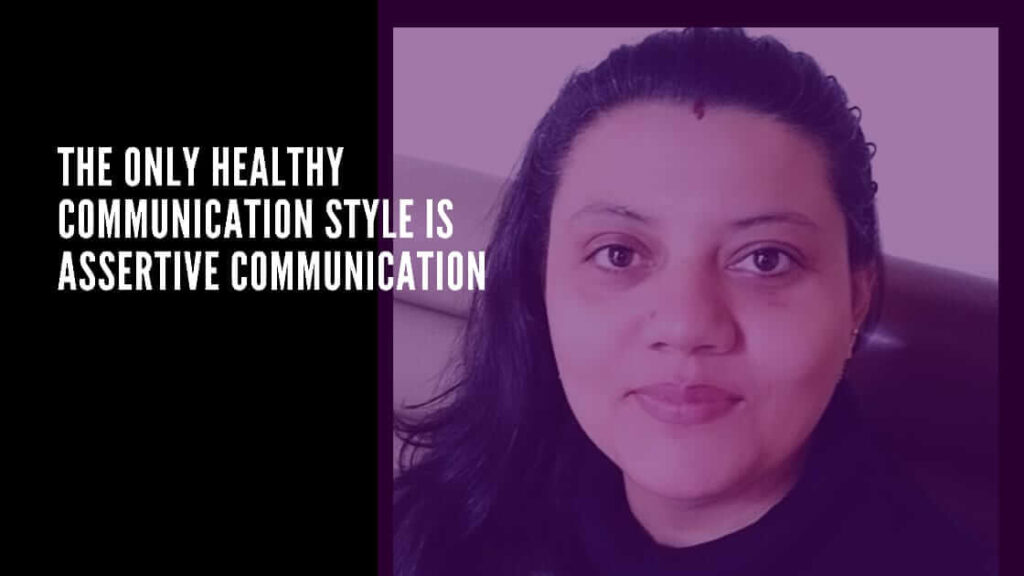It’s easy to get people’s attention, what counts is getting their interest.” — A. Philip Randolph If you haven’t been snoozing the past couple of years, you have likely also noticed an overabundance of electronic tools that are designed to steal your attention and interest. Social media platforms Facetime, Skype, zoom, Webex, teams whatsapp Video games, YouTube, and satellite or cable TV Email, blogs, vlog, podcasts and what not! All of these above-mentioned tools promise to give you a better choice to communicate effectively. My question to you is- What percentage of these attention-grabbing distractions also engages your sincere interest and make some meaningful contributions? Effective verbal communication Physical interaction is an inevitable part of life, and you have verbal interactions with hundreds of people every day. However, verbal communication in the office is very different from verbal communication in any other setting simply because you need to uphold a certain standard of decency or professionalism. Therefore, understanding how to enhance verbal communication abilities can be really beneficial. The word communication means sharing the same ideas. Or, the exchange of information, including facts, ideas, views, sentiments, and attitudes. The foundation of management is communication. Without good communication, the fundamental tasks of management (planning, planning, staffing, monitoring, and management) cannot be completed successfully. Transferring information or messages from one person or group to another takes place during two-way communication. This process continues with a minimum of one sender and recipient involved in the message transmission. These messages may take the form of any concepts, fantasies, feelings, or thoughts. It can be in any form, any medium. But nothing beats the impact that you make with verbal communication. There is no denying the significance of verbal communication. We don’t get much practise, though, in a time when it’s much simpler to pick up your phone and send a nameless text than to drive to a coffee shop for a face-to-face conversation. Sign up to gain access to Free Webinar Webinar on Assertive Communication, now for FREE Watch the webinar now Loading… Thank you! You have successfully joined our subscriber list. How can you improve your verbal communication skills in this hybrid world? Let me put forth some of the crucial techniques you may use on a regular basis to help you understand the elements of verbal communication and ensure that you make the most of the situation. These are the 7 methods for enhancing verbal communication: 1. Pay attention without distraction. Put your phone aside when someone is speaking to you. Even if you’re a master multitasker, pay close attention to what they’re saying and maintain an uninterrupted discussion. 2. Structure your thoughts. Speaking without a structure or mindlessly while communicating is perhaps the worst thing you can do, and you may not even be aware that you are doing it. When you are among family or close friends, it is perfectly acceptable to do this, but when you are working, it may be quite costly. Therefore, even though a moment of silence between two professionals can be a little unpleasant, taking a moment to reflect before responding or making a comment can actually help you communicate better. This little pause enables you to take in what is being said, process it appropriately, and formulate a response. 3. Keep it clear and concise. Written and verbal communication are very different from one another in a number of ways. One of the key distinctions that must be noted is that while redundancy is used in written communication, it is not used in vocal communication. This means that you should always attempt to communicate your ideas clearly and concisely anytime you are speaking with someone. Most of the time, you might only have a short amount of time to convey a message to an audience or your boss. Being brief helps because you don’t want to take up their time at that time. The easiest approach to achieve this is to first ask yourself some questions to understand how you can present this message/information in the least possible words. 4. Practice outside of your workplace Spend some time socialising with people outside of the workplace. The greatest method to improve your communication skills is to practise, so find a weekly activity in your community that involves interacting with new people. Instead of concentrating on just one social skill, it will automatically assist you in developing all of them. 5. Maintain Eye Contact for effective verbal communication When speaking to others, keeping eye contact is crucial. Even if you’re not self-conscious or disinterested in the discussion, if you can’t make eye contact with the person you’re speaking to or your eyes are darting all over the place, it can give the impression that you are. So, keep that in mind when conversing with others to look them in the eye. 6. Pauses are okay We’re taught to avoid awkward silences, although pauses for contemplation and thought are a common feature of the flow of discourse. If your conversation partner pauses, give them a moment to collect their thoughts before you speak to break the ice. To respond thoughtfully rather than with the first thought that enters your mind, don’t be scared to take a moment to yourself. 7. Keep Your Tone in Check Whether you are aware of it or not, your tone has a significant impact on verbal communication and how your audience responds to you. Always keep your voice cheerful, light, and warm, and always finish your sentences with a smile. This will emphasize your friendliness. On the other hand, watch out for sounding robotic or uninteresting. This is a simple way to turn off your audience and come out as uninterested in the subject at hand. Refining your communication abilities takes time. Furthermore, there is no ideal, universal approach to doing so. But the saying “practise makes perfect” holds a lot of merit, and improving your vocal communication abilities is no exception. Your tone, when combined with correct pronunciation, communicates the message with










